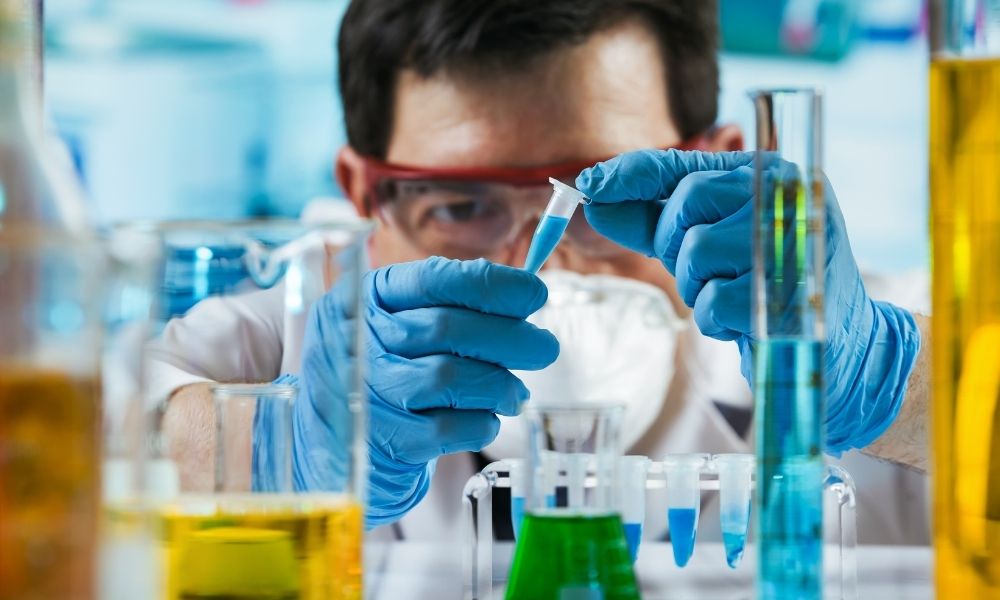Chemical engineering has always been at the forefront of innovation, shaping industries ranging from pharmaceuticals to energy. With the growing demand for safer, faster, and more sustainable processes, laboratories worldwide are embracing new tools and methodologies. Among these advancements, Continuous Flow Reactor Design has emerged as a game-changer, helping engineers reimagine how experiments are conducted, scaled, and optimized.
The Shift Toward Smarter Processes
Traditional batch processes have served the chemical industry for decades, but they often come up with limitations: inconsistent product quality, safety concerns with scale-up, and inefficiencies in time and energy use. As industries demand faster development cycles and greener practices, Chemical Engineering Solutions are increasingly focusing on continuous processing.
In this shift, Continuous Flow Reactor Design stands out because it allows chemists and engineers to maintain precise control over reaction conditions, ensuring better reproducibility and scalability.
What Makes Continuous Flow Reactor Design Unique?
At its core, a continuous flow reactor moves reactants through a controlled system where reactions occur under steady-state conditions. Unlike batch reactors, these systems deliver consistent temperature, pressure, and mixing, minimizing variations. Key benefits include:
- Enhanced safety – Hazardous reactions can be handled in smaller volumes, reducing risk.
- Improved efficiency – Reactions are often faster due to superior heat and mass transfer.
- Scalability – Results obtained at lab scale can be more easily scaled up to pilot or production.
- Sustainability – Less waste generation and energy consumption compared to traditional methods.
These features make Continuous Flow Reactor Design highly attractive for industries like pharmaceuticals, agrochemicals, and specialty chemicals, where precision and speed are critical.
How Labs Are Transforming with Chemical Engineering Solutions
The modern laboratory is no longer just a place for experimentation—it’s a hub for innovation. With advanced instrumentation, data analytics, and process engineering, labs are adopting holistic Chemical Engineering Solutions to optimize workflows.
Examples of this transformation include:
- Automated systems that reduce manual intervention and human error.
- Digital integration, where sensors provide real-time data for faster decision-making.
- Sustainable practices, aligning with global goals of reducing chemical waste and energy use.
By integrating Continuous Flow Reactor Design into labs, researchers are not only improving outcomes but also rethinking the entire process of chemical development.
Applications Across Industries
The adoption of Continuous Flow Reactor Design is expanding across multiple industries:
- Pharmaceuticals – Enables rapid synthesis of active ingredients with consistent quality.
- Fine chemicals – Produces high-value compounds efficiently with reduced impurities.
- Agrochemicals – Scales up production of essential crop-protection molecules.
- Materials science – Facilitates the creation of polymers and nanomaterials with unique properties.
Each application reflects how tailored Chemical Engineering Solutions are unlocking new potential in R&D and manufacturing.
Designing for Innovation and Scale
The effectiveness of a flow reactor depends on thoughtful design. Engineers consider parameters such as residence time, reactor geometry, and mixing efficiency. Customizable systems allow labs to adapt equipment to their specific research needs, whether for small-scale discovery or pilot-scale production.
The ability to replicate exact conditions also means that once a process is validated at lab scale, scaling it up becomes smoother and more reliable. This advantage significantly reduces time-to-market, which is vital in competitive industries like pharmaceuticals.
Sustainability Through Smarter Engineering
In today’s context, sustainability is not just an option—it’s a necessity. By adopting Continuous Flow Reactor Design, labs can lower energy usage, minimize waste, and ensure safer handling of chemicals. These advantages align with global sustainability initiatives while also reducing costs for businesses.
As a result, Chemical Engineering Solutions are increasingly being judged not only on efficiency but also on their environmental footprint. Flow chemistry delivers on both fronts, making it a vital part of the future of chemical research and production.
The Future of Process Development
Looking ahead, we can expect the integration of AI, machine learning, and real-time data analytics into reactor systems. Smart flow reactors will be capable of self-optimizing processes, predicting outcomes, and further minimizing risks.
In this future-ready ecosystem, Continuous Flow Reactor Design will play a pivotal role—allowing labs to move from reactive experimentation to predictive, data-driven development. Combined with broader Chemical Engineering Solutions, these technologies will help shape safer, greener, and more efficient industries.
Final Thoughts
The future laboratory is being shaped today by advanced chemical engineering solutions. By moving away from traditional batch processes and embracing continuous flow reactor design, labs can unlock higher efficiency, safer operations, and more sustainable outcomes.
This evolution is not just about adopting new equipment—it’s about rethinking how we approach process development altogether. For industries striving to innovate quickly while minimizing risks and costs, continuous flow and modern chemical engineering practices are paving the way forward.

